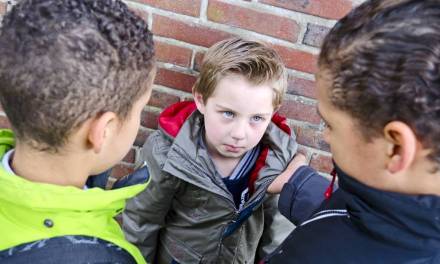In the November issue of ED Journal, we discussed strategies to manage low level behaviour issues in the classroom. Balancing positive and negative was one of the key points mentioned, so in this issue we are going to look at how schools run rewards and sanctions and more importantly, discuss what actually works and what pupils perceive to be effective rewards and sanctions.
Sue Cowley argues in Guerilla Guide to Teaching (2002) that when behaviour management is difficult, it is tempting to sanction pupils repeatedly, which can escalate the behaviour you are trying to avoid and create a negative classroom atmosphere. She suggests that the focus should be on rewarding good behaviour as a method of positive reinforcement and tactically ignoring low level, attention seeking behaviour. By a well-chosen word of praise, the atmosphere in the classroom can change dramatically, settling the class rather than creating an excuse for conflict.
This is reiterated in a number of common teaching texts and teachers’ guidebooks available on the market, but the principle is applied with different measures of success even within the same school, let alone different schools around the country. That is not to say that there is no place in the classroom for reprimands and punishments, but that these should really be a last resort as we want to create a positive learning environment where pupils can thrive and feel valued. Creating a climate where pupils want to learn is a key step towards a peaceful classroom where sanctions are not used indiscriminately.
Kyriacou states in Essential Teaching Skills (1998) that if sanctions are to be used in the classroom, they should be:
- Used sparingly
- Well timed without delay – if a detention happens a week after the event, the link between “crime” and “punishment” becomes less clear and the sanction becomes arbitrary.
- Delivered in the correct, not an angry tone
- Fitting to the crime
- Following due process of the behaviour policy
- Aversive for the pupil concerned, although still fair, i.e. if a pupil hates being in a classroom, being sent out is actually a reward for them, so this may not be a deterrent.
The reasons for trying to focus on rewards rather than sanctions are very important. We model relationships in our classrooms and sanctions are not an appropriate model for interactions, creating more barriers to learning than they address. While they may be immediately effective, they have a short lived “aftershock” effect and behaviour can soon return to the original cause of the sanction and pupils will often come up with ways of challenging the authority without being caught, rather than aiming to behave as expected.
The result of this is that the triggers for this behaviour such as stress, lack of self-worth or a need to escape the classroom environment to hide a lack of understanding of the topic, will not be addressed. It may even mean that the behaviour we don’t want to see becomes reinforced and escalates.
Rewards are an important way of helping to modify behaviour and create a classroom climate where learning can take place. You should look for how you can apply rewards and determine what would be suitable as a reward before even considering giving out sanctions.
There may already be rewards systems in place in schools such as:
- Commendations/merits
- Certificates
- Positive comments – often best done privately or even on workbooks to prevent embarrassment or the positive effects being played down
- Phoning/writing home – a lot of schools even have text systems or reward postcards to make this simpler
- Reward trips
- Whole class rewards, such as a class video lesson if the class has performed well throughout term
When Cowley (Getting the Buggers To Behave 2, 2002) interviewed pupils about the kinds of rewards and sanctions that “worked” in their opinion, the consensus was that sanctions were of use for the “good” pupils, but were much less effective for the “bad” students who didn’t care (or pretended not to care) about being punished.
Merits were only rated by pupils if they were able to count towards a tangible reward. Even if this was a ticket in a raffle for a larger prize, the more merits they had, the more likely they felt they were to have a chance of winning. One flaw they noted in the system was that there were inconsistencies.
Teachers commonly glossed over rewarding, only rewarded the louder pupils and not the well behaved but quieter ones or over-rewarded less well behaved pupils for doing less good work than others because they “stood out” – a particularly counterproductive mistake, reinforcing unwanted behaviour.
Guttridge, (The New Science Teacher’s Handbook, 2003) suggested that pupils in science lessons could gain a “Homework Pass” – not having to do homework for a week for doing so well in class. This should only be used once or twice in a term to prevent the pupil from falling behind, but can work. This apparently works well with a written commendation explaining to parents why they don’t have science homework, for example, so is a double reward for the pupils.
Any views or ideas you have on this subject and how your school rewards and sanctions pupils would be welcome.










